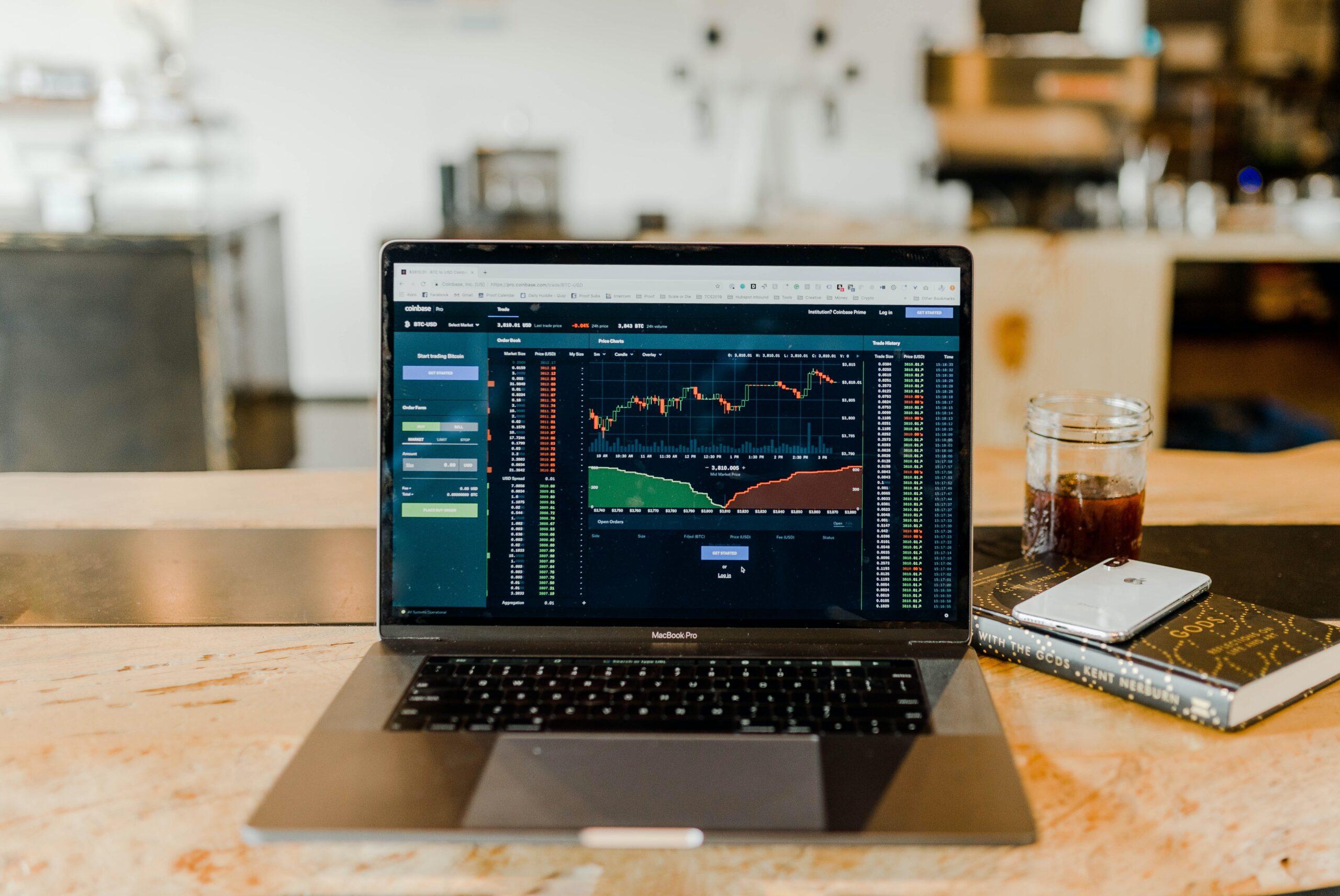Gold has been a cornerstone of investment for centuries, acting as a safe haven asset to protect against economic uncertainty and volatility. With its status as a hard currency that cannot be printed or manipulated like fiat currencies can, gold has become an increasingly popular investment option for those looking to diversify their portfolios. This article will explore the history of gold as an investment tool, its role in the modern economy, the benefits and risks associated with investing in gold compared to stocks, the different types of investments available, and strategies for trading and investing in gold on the stock market.
The Value of Gold Throughout History
Throughout history, gold has been mined out of riverbeds and traded between civilizations due to its rarity and durability. In times of economic uncertainty or inflationary pressure, many investors turn to gold as a hedge against financial risk by retaining its purchasing power over time. Central banks around the world also hold large reserves of gold bullion which they use to back up their own currencies and ensure stability within their economies.
The Advantages of Investing in Physical Precious Metals
Investing in physical precious metals like gold offers several advantages over investing solely in stocks or other traditional assets such as bonds or cash equivalents like money markets funds. Firstly, because it is not tied directly into any particular stock market index or sector performance, investing in physical precious metals gives investors exposure to different types of risk than traditional stocks do; for example if there is a downturn in stocks due to macroeconomic factors like interest rate hikes then this may not affect gold prices significantly at all compared with other assets which are more closely linked with stock market performance. Additionally unlike stocks which tend to be volatile over short periods but relatively stable over long periods, gold prices tend to remain relatively steady over both short-term and long-term horizons making them ideal for those looking for less risky investments with consistent returns over time . Finally ,gold also provides diversification benefits since it tends not move precisely opposite other asset classes meaning that when one type performs poorly another may still be doing well helping balance out portfolio losses overall .
Risks of Investing in Physical Precious Metals
Although investing in physical precious metals like gold offers many advantages, there are some risks involved too. For instance, the price of physical metal can fluctuate significantly depending on supply/demand dynamics so investors should always pay close attention before making any decisions . Furthermore ,as with any form of investment there is always potential for fraud so buyers should exercise caution when dealing with unfamiliar sellers . Additionally, investors should also take into account taxes associated with owning physical metal such as capital gains tax if applicable depending on where they live . Finally, investors should also consider storage costs associated with owning physical metal since these can add up quickly if not properly managed .
Exploring Different Ways to Invest in Gold
There are several different ways you can invest in gold including through exchange traded funds (ETFs) futures contracts options trading mining companies mutual funds physical bullion coins/bars certificates backed by bullion stored elsewhere etc . Each method carries unique pros and cons so it is important to research each option carefully before making any decisions . For example ETFs allow investors to gain exposure to gold without having to physically own the metal while futures contracts are more suitable for those looking for short-term trades due to their high degree of leverage .
Strategies for Trading and Investing in Gold on the Stock Market
When trading or investing in gold on the stock market it is important that investors have a well thought out strategy that takes into account both fundamental and technical analysis. Fundamental analysis looks at economic data and news events that may affect the price of gold while technical analysis looks at past trading patterns and chart formations that may provide clues about future price movements. Additionally investors should always consider risk management strategies such as stop losses when trading any asset class including gold. This helps minimize potential losses if things don’t go according to plan.
Summary
This article has explored what role gold plays in today’s economy, the benefits & risks associated with investing in it, the different types of investments available, how it can be used within the stock market & finally some strategies for trading & investing in it successfully. It is clear from this discussion that despite its volatile nature, gold remains a popular choice amongst investors who seek diversification & protection against inflationary pressures & currency devaluation.

